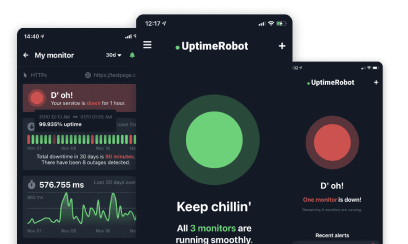When it comes to website maintenance and automation, scheduling tasks to run at specific intervals is both helpful and convenient.
Whether it’s updating content, sending emails, or performing system checks, cron jobs offer a reliable solution that saves you time and effort.
In this guide, we’ll walk you through setting up cron jobs to run at intervals of 5, 10, 15, or 30 minutes.
What is a cron job?
A cron job is a scheduled task that runs automatically at predefined intervals on Unix-like operating systems.
It allows you to automate repetitive tasks without manual intervention, making it an essential tool for system administrators, developers, and website owners.
With cron jobs, you can execute scripts, commands, or programs at regular intervals, ensuring timely execution of critical tasks.
What is a crontab?
Simply put, a crontab is a file used to configure cron jobs. It contains a list of cron jobs, each specifying a command or script to run and the schedule at which it should execute.
The crontab format consists of five fields representing the minute, hour, day of the month, month, and day of the week, followed by the command to be executed.
Crontab allows for precise scheduling of tasks, including running them every minute, every hour, or at custom intervals like every 5, 10, 15, or 30 minutes.
For more in depth information on the ins and outs of these handy bits of code, check out our ultimate cron job guide.
How to run cron jobs
Every 5 Minutes
Running a cron job every 5 minutes is a common requirement for tasks that require frequent updates or checks. Such tasks could include checking for emails or notifications, monitoring system logs for errors or warnings, clearing temporary files, and much more.
To schedule a cron job to run every 5 minutes, enter this code:
*/5 * * * * /path/to/your/command
This cron expression translates to “run the command every minute that is divisible by 5.” It’s a simple and effective way to make sure your task runs at 5-minute intervals without fail.
Every 10 Minutes
If you need a cron job to run every 10 minutes, you can use the following crontab entry:
*/10 * * * * /path/to/your/command
This cron expression instructs the system to run the specified command every 10 minutes, providing regular updates or executing tasks at consistent intervals.
Every 15 Minutes
To schedule a cron job to run every 15 minutes, enter this crontab entry:
*/15 * * * * /path/to/your/command
This cron expression ensures that your task is executed every 15 minutes, allowing for timely updates or maintenance activities on your system.
Every 30 Minutes
For tasks that require less frequent execution, you can schedule a cron job to run every 30 minutes using the following entry:
*/30 * * * * /path/to/your/command
This cron expression specifies that the command should be executed every 30 minutes, providing ample time for tasks to be completed between each run.
How to prevent duplicate cron jobs from running?
Preventing duplicate cron jobs from running is essential to avoid unnecessary system load and potential conflicts.
Here are some strategies to ensure that only one instance of a cron job is running at a time:
- Use a locking mechanism: Implement a locking mechanism within your script to prevent multiple instances from running simultaneously. This can be achieved by creating a lock file or using a process management tool like flock.
- Check for running processes: Before executing the main task of your cron job, check if any previous instances are still running. You can use commands like pgrep or ps to identify existing processes and terminate them if necessary.
- Set a unique identifier: Include a unique identifier or timestamp in your cron job’s output or log files. This allows you to track when the cron job was last executed and determine if another instance is currently running.
- Adjust cron scheduling: Review your cron job schedule to be sure that the interval between executions is sufficient to complete the task. If necessary, adjust the scheduling to avoid overlapping instances.
Using these strategies, you can effectively prevent duplicate cron jobs from running and maintain the stability and efficiency of your system.
